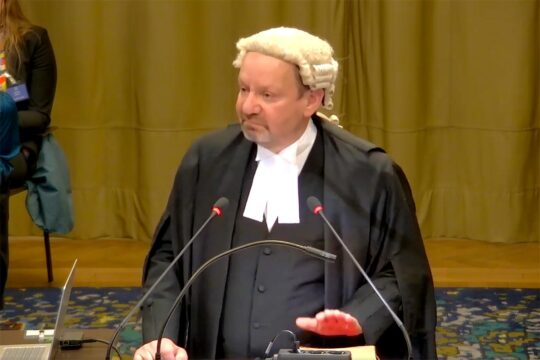Peru elects a new president Sunday, with Keiko Fujimori tipped to become its first woman leader.
It's been 16 years since her father, who is now in jail for crimes against humanity, resigned from the job.
Here are five key points about the Latin American country of 31 million people:
- Growth fuelled by precious metals -
With an average annual growth rate of more than six percent between 2006 and 2013, Peru has one of the strongest economies in the region.
The country is rich in mineral resources, ranking among the world's five biggest producers of gold, silver, copper, zinc, tin and lead.
In 2014, the economy slowed, registering growth of just 2.4 percent -- the lowest rate for five years -- due to production drops in mining and fisheries, another key sector.
Despite its growth record, Peru is weighed down by poverty, which however retreated to 22.7 percent of the population in 2014 from 58.7 percent in 2004.
The country has a large "black economy" involving 60 percent of the working population. There are vast inequalities across social, ethnic and geographical divides, with the rural population in the Andes mountains particularly marginalized.
- Land of the Incas -
Once ruled by the Inca empire, Peru was conquered by Spain in the 16th century. It gained independence in 1821.
It has seen a string of military dictatorships and coups across its history.
Located in western South America, Peru is bordered by Bolivia, Brazil, Chile, Colombia and Ecuador, as well as the South Pacific Ocean. Crossed by the Andes mountains and the Amazon river, it has a total area of 1,285,220 square kilometers (496,224 square miles), making it two and a half times the size of France.
- The Shining Path -
Between 1980 and 2000 a conflict between the state, the Maoist Communist Party of Peru (commonly known as the Shining Path), and the Tupac Amaru revolutionary movement left 70,000 people dead and missing.
Alberto Fujimori, the son of Japanese immigrants, ruled the country between 1990 and 2000, and became the first Peruvian president convicted of corruption and crimes against humanity -- for authorizing death squads -- in nearly a century.
Sentenced in 2009, he is currently serving a 25-year prison term for his actions against Shining Path.
- Former soldier in power -
Peru is a constitutional republic.
Since 2011 it has been led by Ollanta Humala, a former nationalist soldier of the center-left, who was elected over Fujimori's daughter Keiko.
Under the constitution, Humala is unable to stand for re-election, and Keiko Fujimori is leading in the polls.
- Cocaine -
Peru is one of the world's biggest producers of cocaine. It nevertheless registered a 13.9 percent drop in the area of land cultivated for coca leaves in 2014, according to the UN's latest figures.


